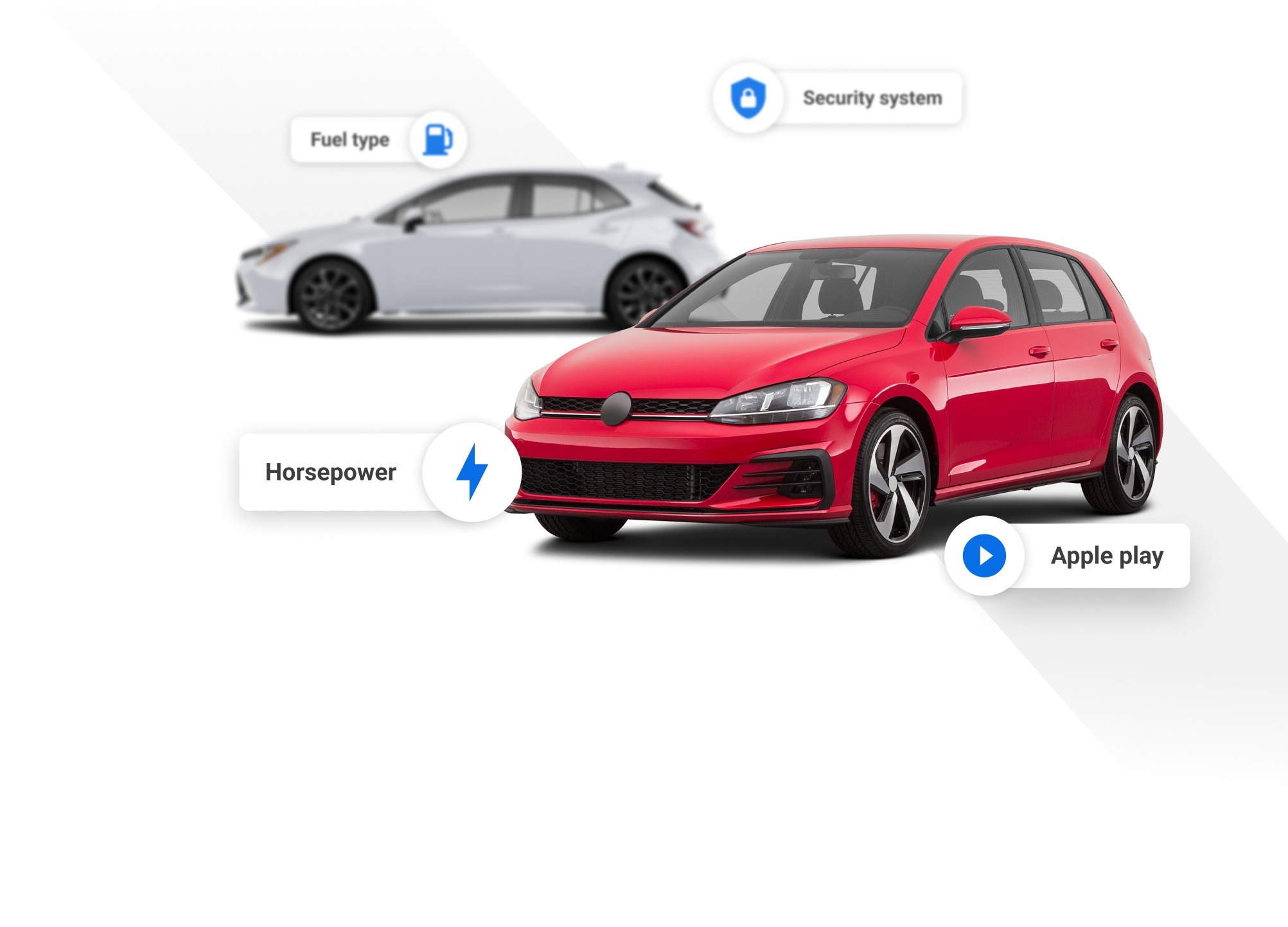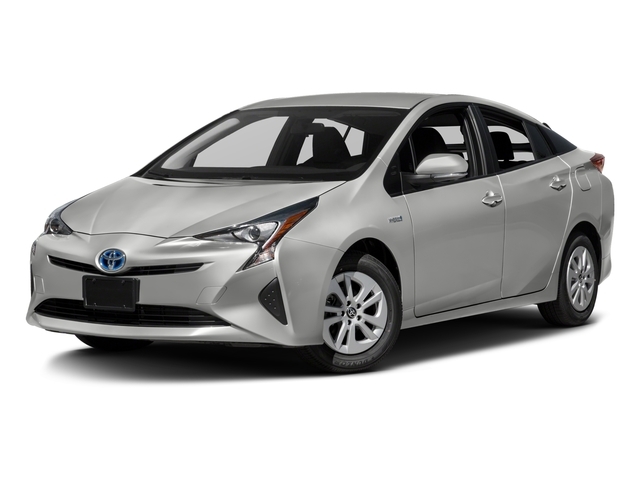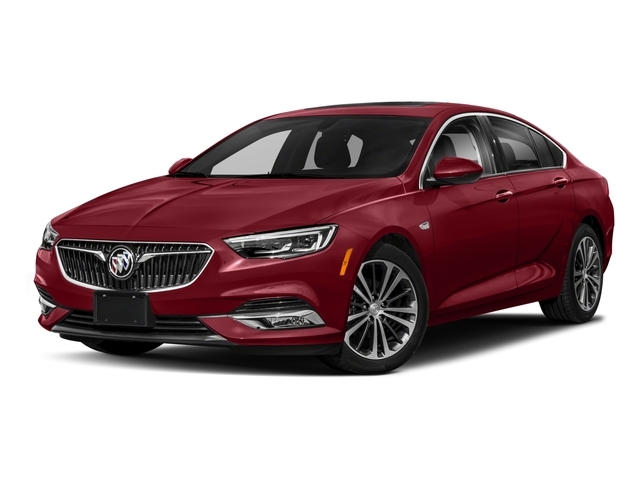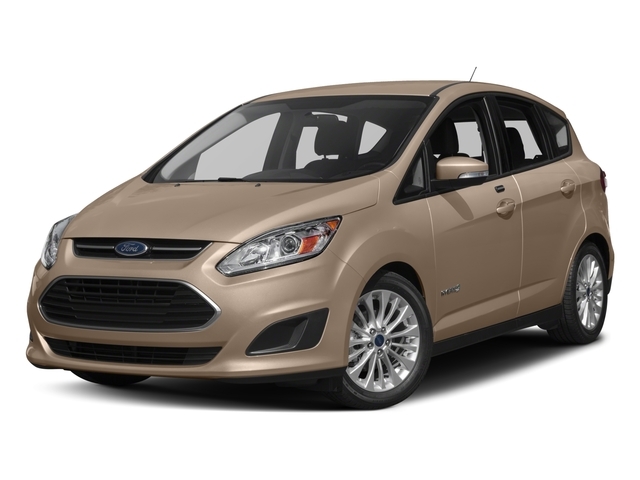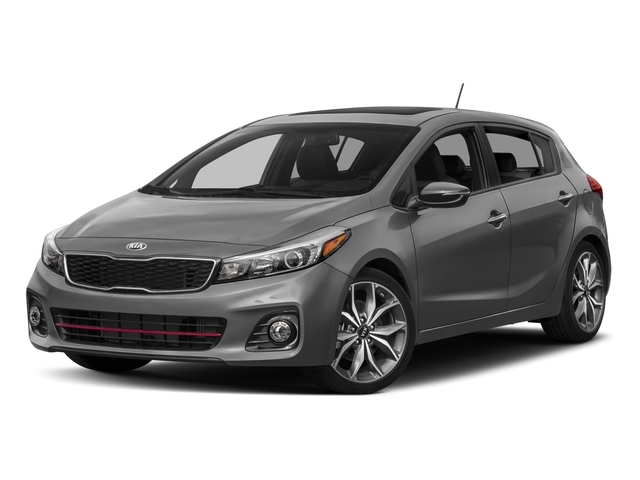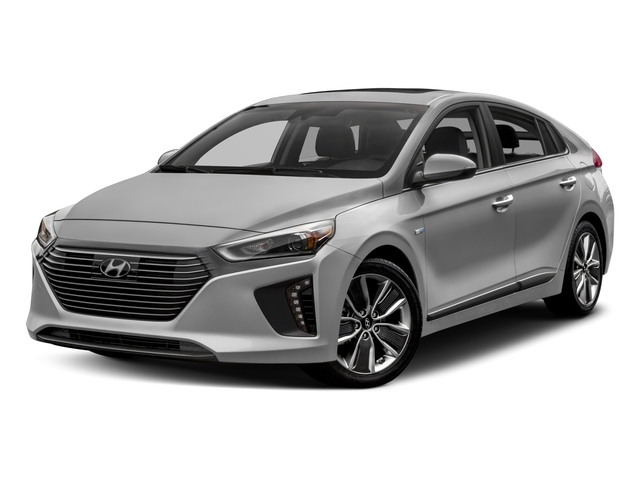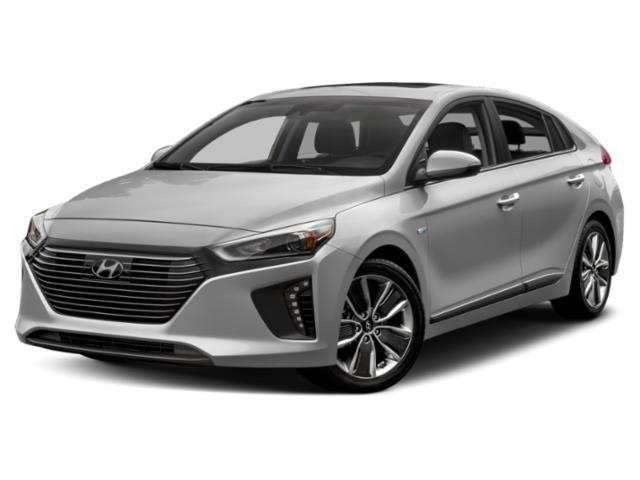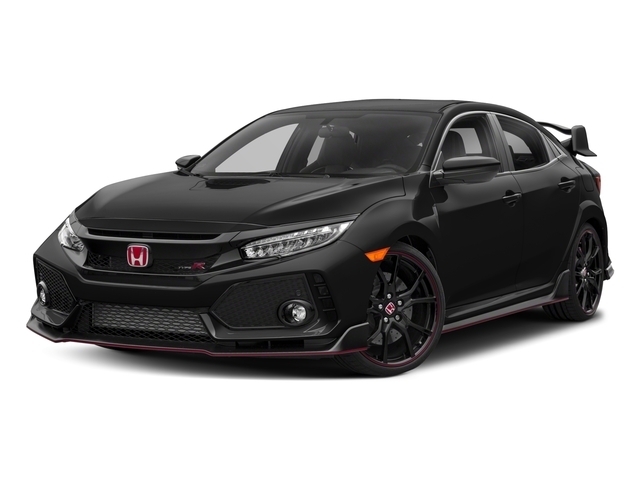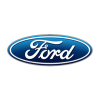
2018 Ford C-Max


Key Specifications for 2018 Ford C-Max






Buyer’s Guide
Ford was ahead of the curve with the 2013 introduction of its C-Max compact wagon in hybrid and Energi (plug-in-hybrid, or PHEV) variants, a move that made Ford one of the first automakers to bring plug-in electric technology to a mainstream audience.
Since then, however, Ford has done little to update the C-Max, which carries over once again as a 2018 model.
Both models have a 2.0L four-cylinder engine that makes 141 hp and 129 lb-ft of torque on its own, but cranks out 188 hp when working with the C-Max's electric motor. Power from both is routed through a continuously variable automatic transmission. The only difference between the two models is the PHEV's ability to motor along on electricity for about 30 km in ideal conditions and on a fully-charged battery.
As before, both C-Max variants come in SE and Titanium trims. Standard equipment includes 17-inch wheels, manual front seat adjustments, dual-zone automatic climate control and leather-trimmed shifter and steering wheel. Titanium trim adds leather upholstery and 10-way electric front seats.
We like all the headroom available under the C-Max's roof, but cargo space suffers for the electric drive battery's placement behind the rear axle, where it bumps the trunk floor up a few inches and eats valuable storage volume.
The C-Max is fine to drive but feels pretty ordinary overall, a shame considering Ford's talent at making some of its more mundane models more entertaining than the average. But now, considering you can buy an all-electric Leaf for a mid-$30,000 price, a C-Max Energi for only a few grand less doesn't seem like a great deal.
Fuel consumption estimates are 5.7/6.2 L/100 km (city/highway) in for the hybrid model (and the Energi when running in hybrid mode), and 2.5 Le/100 km for the Energi running off its battery alone.
Review & Compare:
Photos

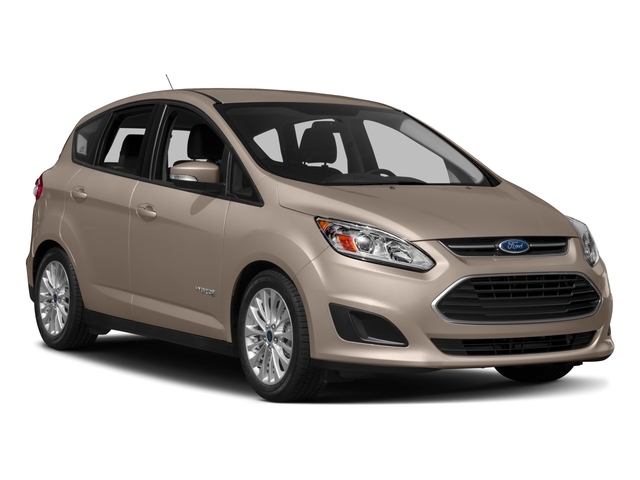
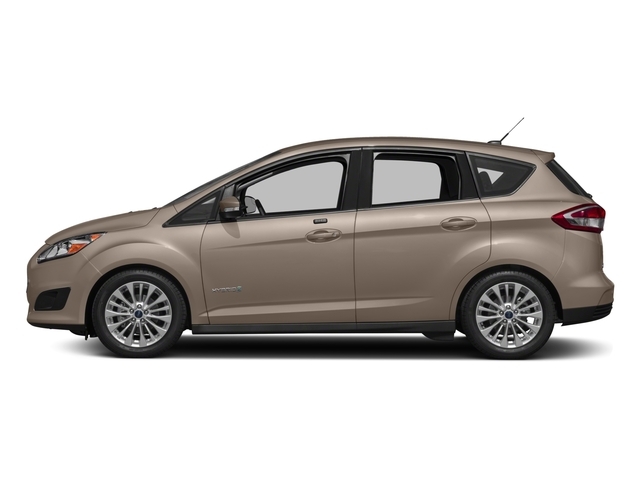

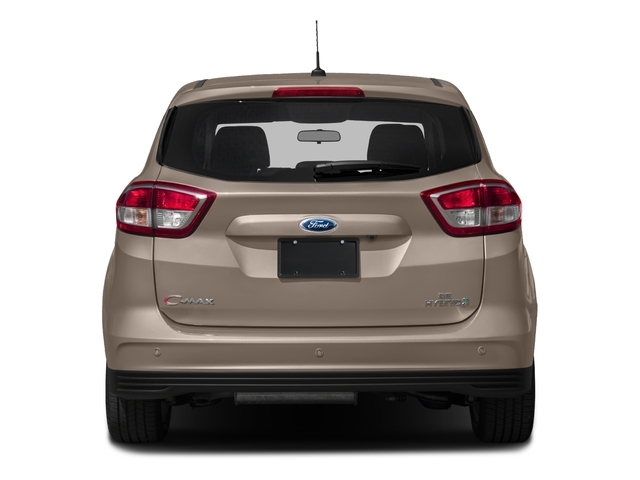
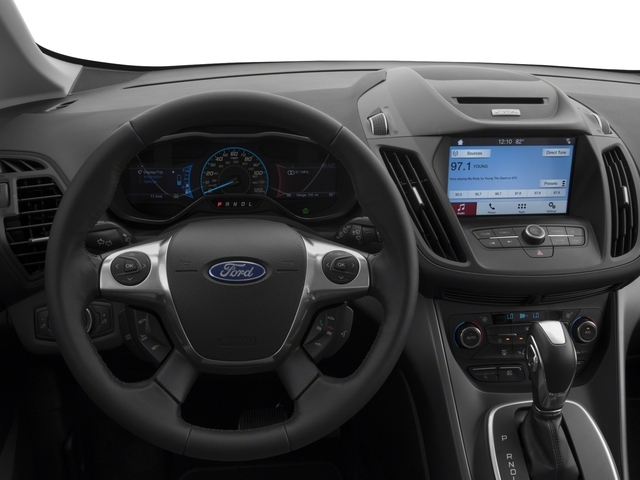
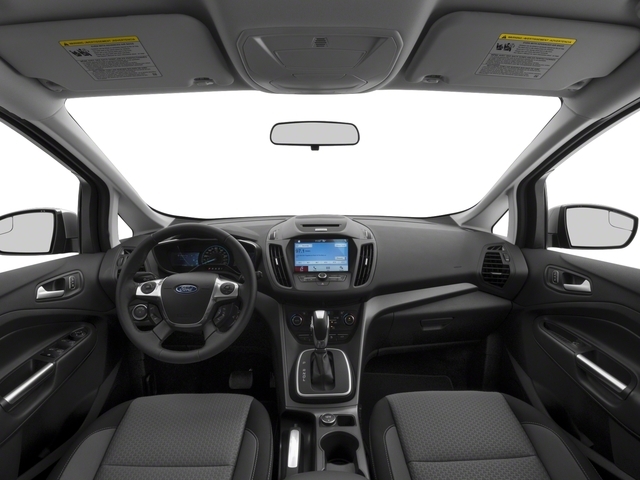
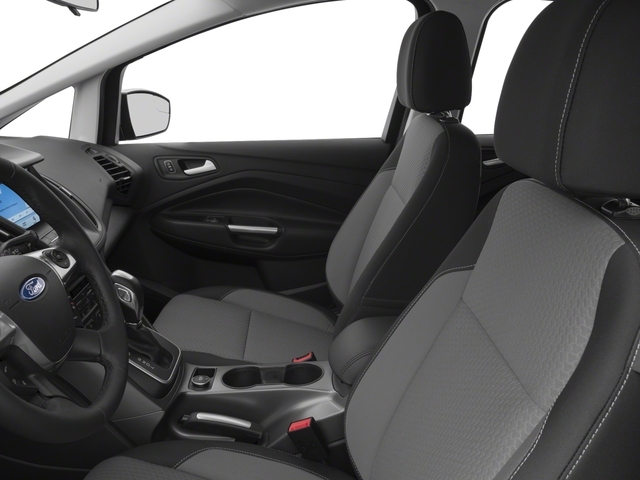
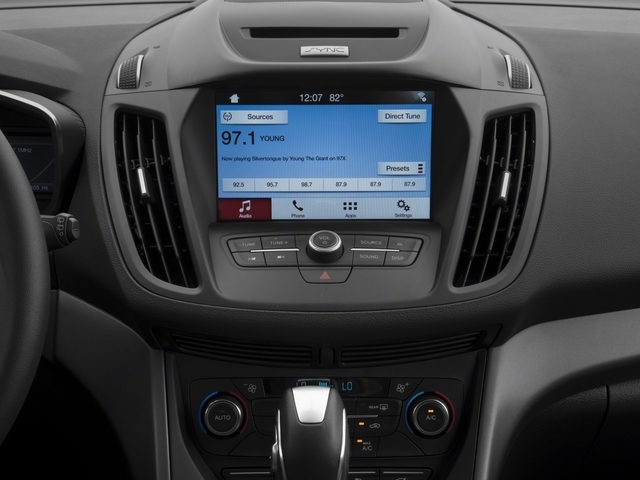
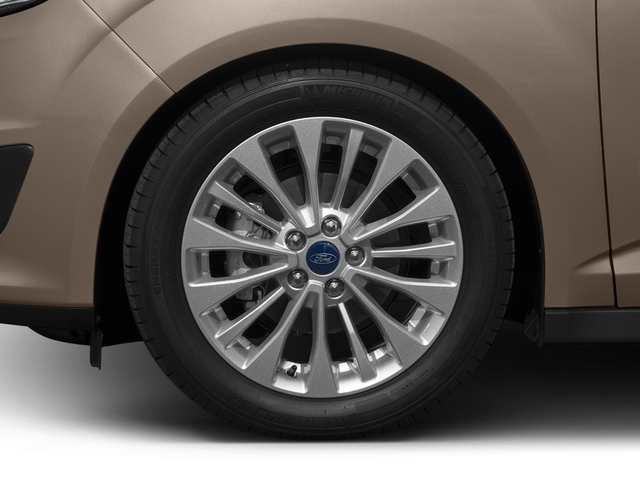
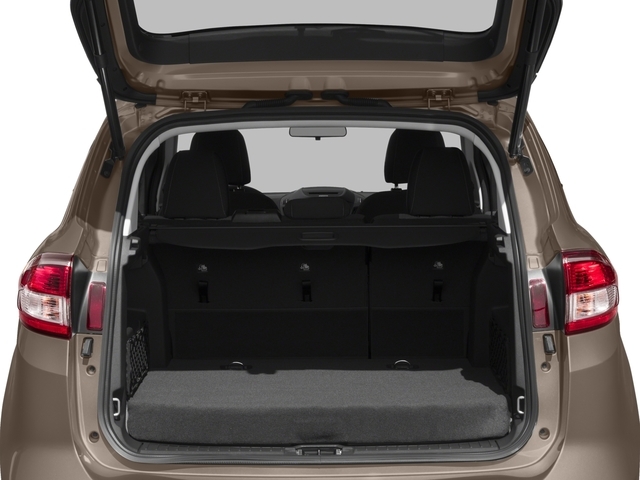
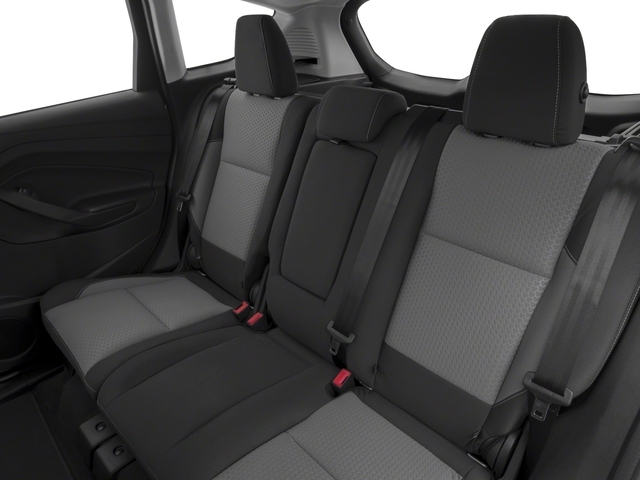
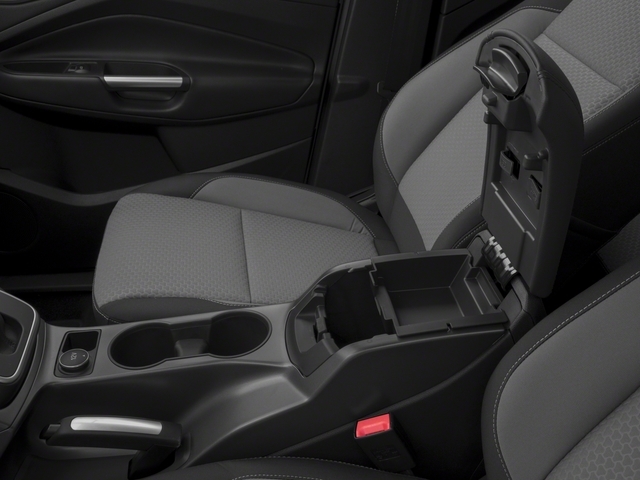
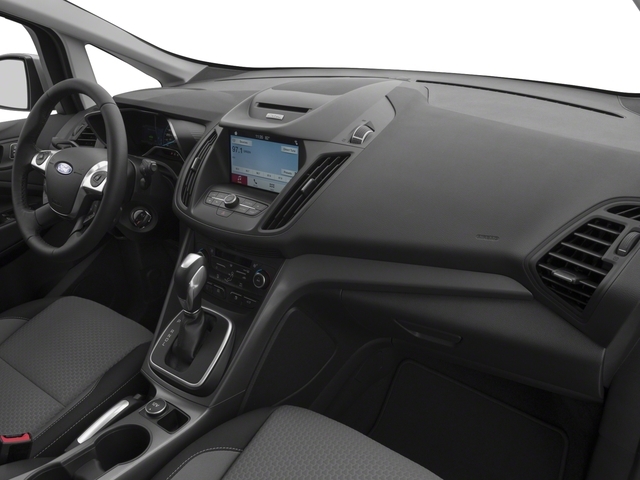














AutoTrader Review


This vehicle has not yet been reviewed



